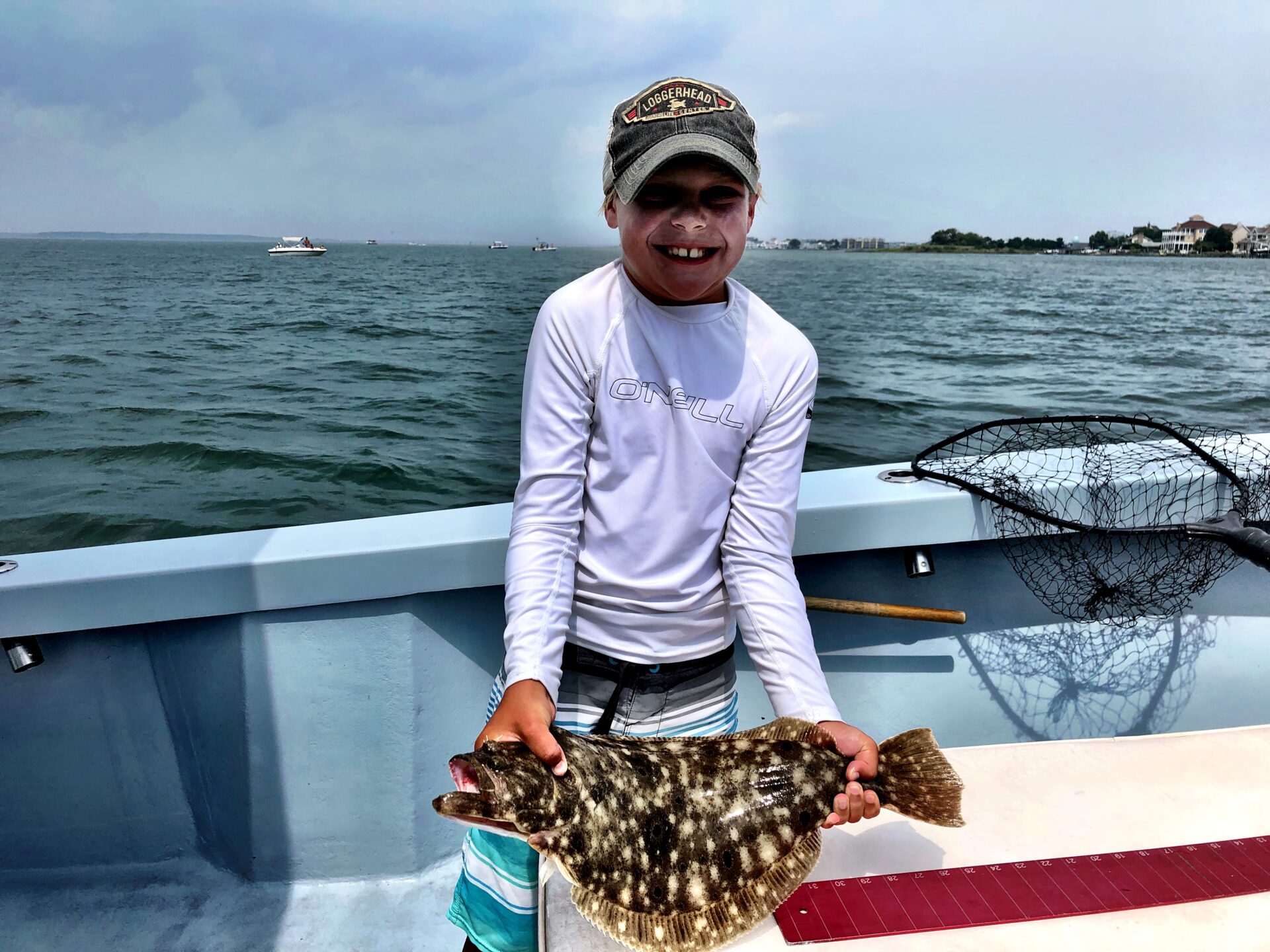

Low-value flatfish such as flounder are often used as bait for crab and lobster pots.įlounder are not commonly sold to UK consumers and their main use to commercial fishermen can be as bait for lobster and crab pots – in some areas of the UK flounder numbers have been badly hit by commercial fishermen taking excessive numbers as pot bait. Unlike the similar plaice, flounder are not held in high regard as a food fish and most anglers fish for flounder on a catch-and-release basis. The relative ease which with flounders can be caught make them a dependable catch for UK anglers and they are sought after in sea fishing competitions where catching flounder can make the difference between winning or losing. Reputation as a Food Fish and Conservation Status Muddy or sandy beaches that hold lugworm and ragworm offer higher chances of flounder catches, while estuaries are also likely to hold good numbers of flounder. Flounder prefer muddy and sandy ground and are usually found in estuaries, large shallow bays and sandy beaches close to where rivers join the sea.


Indeed, this species can travel so far inland that flounder have occasionally also been observed in land-locked Switzerland. Many anglers looking at marks many miles inland simply do not believe that saltwater fish can be found there, only to be surprised when flounder are caught. They can also live in water with a very low salinity level and can travel very far up rivers to the extent that freshwater anglers using earthworms as bait sometimes catch them from locations very far inland. Flounder are not thought to have a significant impact on the eco-systems of North America and are not considered a damaging invasive species.įlounder are happy to feed in very shallow water and can sometimes be found in water which is just inches deep. As they are not native to North America it is believed that flounder eggs or immature flounder have been transported across the Atlantic in the ballast water of ships. Flounders have something of a reputation as an invasive species outside of Europe and are found in US and Canadian waters, including in the Great Lakes. Flounder are found around almost all of the UK and although they are more numerous in the cooler water around the British Isles and the Nordic countries they can still be found in the warmer waters of the Mediterranean and along parts of the northern coast of Africa. Distribution and Habitatįlounder can be found all around the UK and Ireland throughout the year, but in late winter/early spring they tend to move into deeper water to spawn meaning they turn up in anglers catches less often at this time of year, although they still can be caught from the shore. Indeed, flounder provide many young anglers with their first experience of catching fish with a baited hook. Due to their wide distribution, willingness to take most baits and the fact that they can come into very shallow water they are a common catch for many UK anglers. The vast majority of flounder have eyes on the right side of their head but a minority have eyes on the left.įlounder is a common flatfish species found around most of the UK.

White underbelly in most flounder, although there can be freak fish with an underside the same colour as the back. Colour can range from light brown to green to greyish, sometimes with dark orange spots.


 0 kommentar(er)
0 kommentar(er)
